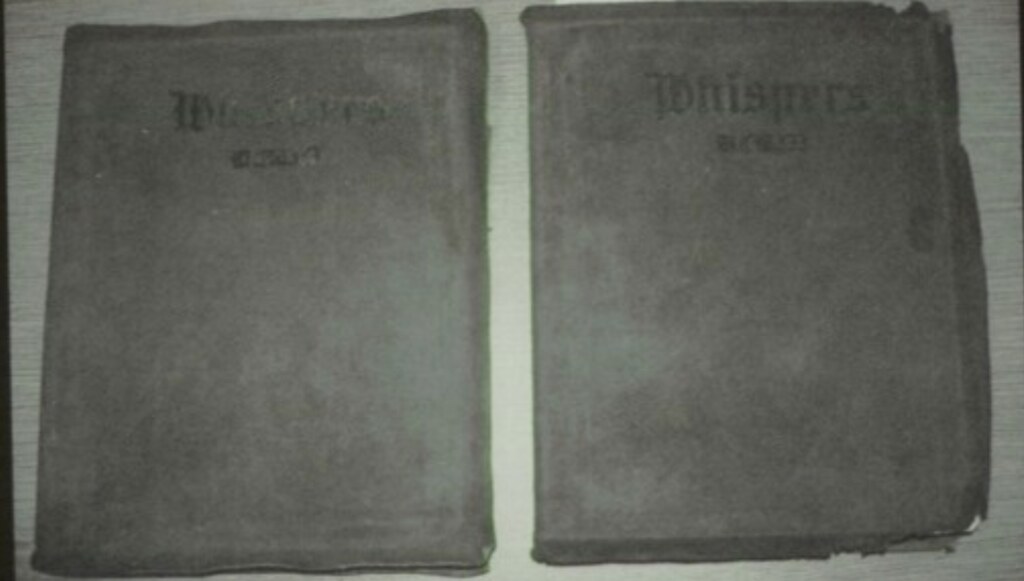In 1806, Yale University published the first known bounded yearbook, Profiles of Part of the Class Graduated at Yale College. Its content was limited, primarily due to the absence of printed photographs. However, the book still included the basic necessities of any school yearbook: information on the students and faculty and a brief overview of the academic year.
Although they were put on the scene nearly 100 years earlier, the American yearbook was not popularized until the 1890s and early 1900s. Episcopal responded to the popularization by creating their first annual publication in 1891, The E.H.S Annual. This book mirrored Profiles of Part of the Class Graduated at Yale College, as it was brief and didn’t include any photographs. Despite its name, the book was published sporadically, with no certainty when the next edition would come out. Short-lived, The E.H.S Annual was succeeded by Whispers in 1903. According to teacher Arthur B. Kinsolving II, Whispers was “a more stately and imposing publication.”
 The first publication of Whispers was bounded in leather, and pages deemed important were embellished with gold leaf. Its content was much more substantial than The E.H.S Annual, as it went more into depth on student life, athletics, and activities and included student photos.
The first publication of Whispers was bounded in leather, and pages deemed important were embellished with gold leaf. Its content was much more substantial than The E.H.S Annual, as it went more into depth on student life, athletics, and activities and included student photos.
The name Whispers comes from some old EHS slang, explained by former student Churchill Gibson: “When we went ‘fussing’ at the dawn of the century, i.e. scouting the ‘Kalic,’ which is short for ‘calico’ – yo you moderns, calling on the girls – we hunted in packs. On a Saturday or Sunday night, a girl’s ‘parlor’ would be crowded with E.H.S boys. When the time grew nigh and when our presence was requested back at school, all time left at once – but perchance some lucky devil dawdled and had just one word ere he left and that end of the line. That one was said to ‘have a whisper’ and was set up above his fellows. The “whisper” was a great prize – and so came the name Whispers to be applied to the annual”
Through two World Wars, major social movements, an economic depression, integration, coeducation, and changes to the school itself, Whispers has published a yearbook every year since 1903. This project stands to show its importance.
Project Overview

